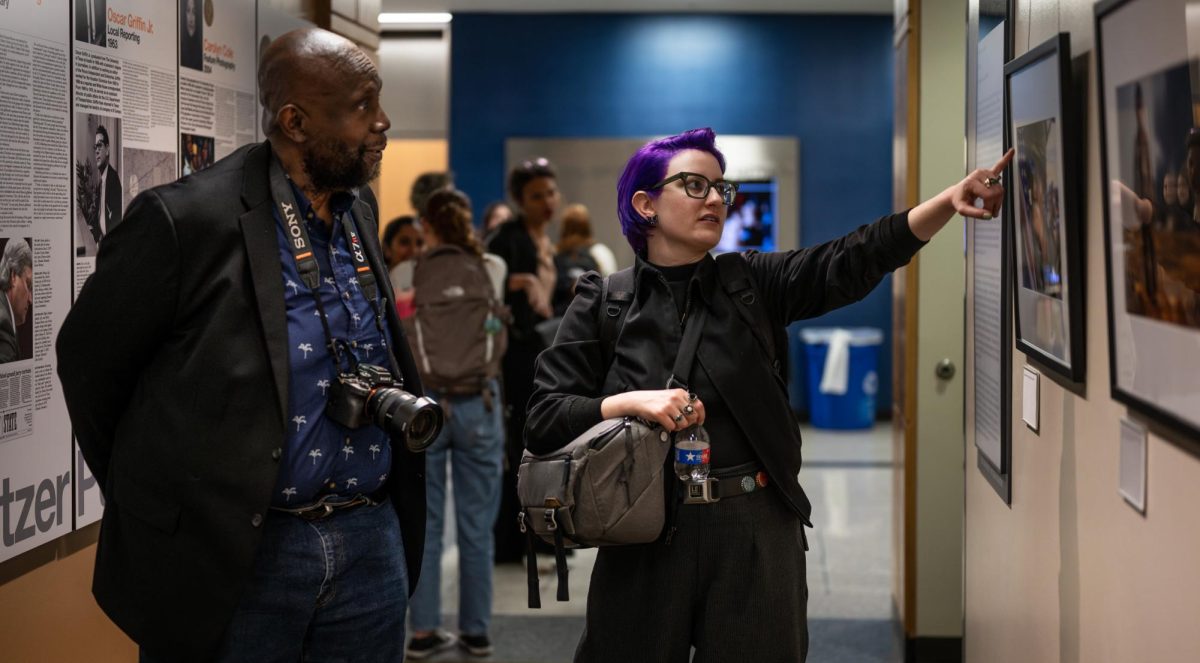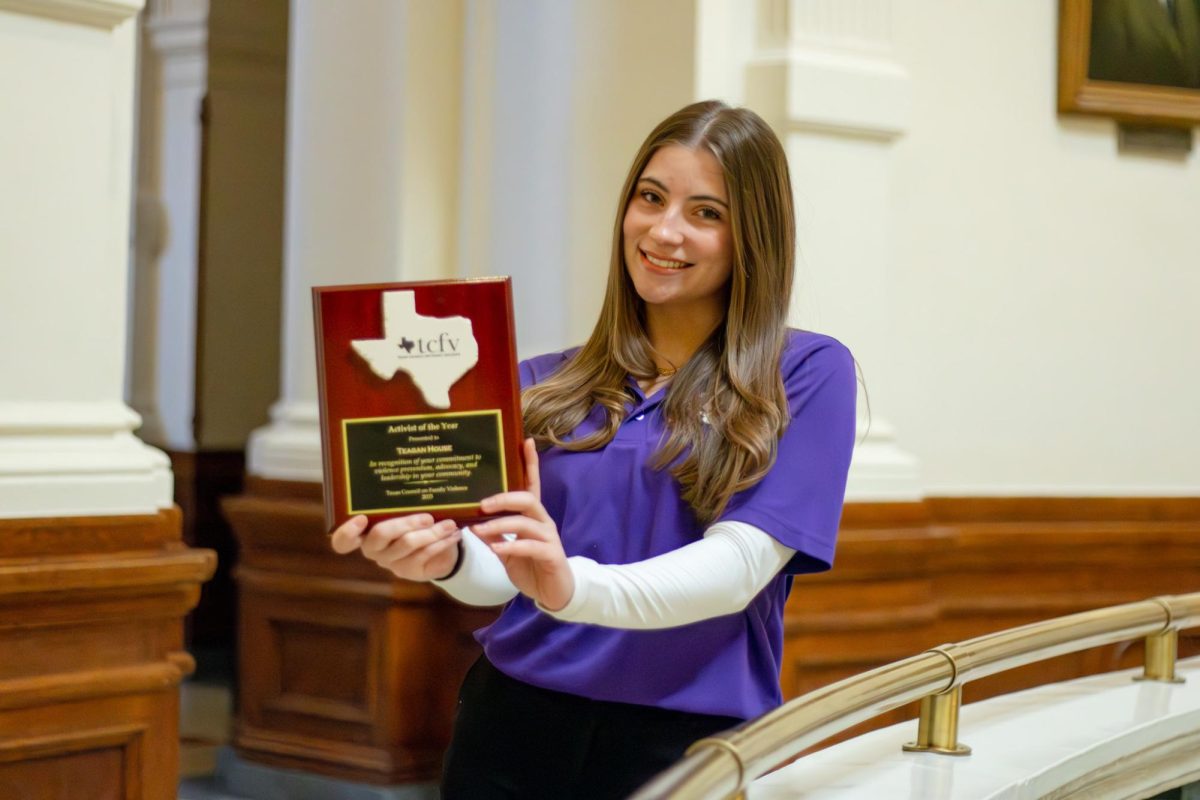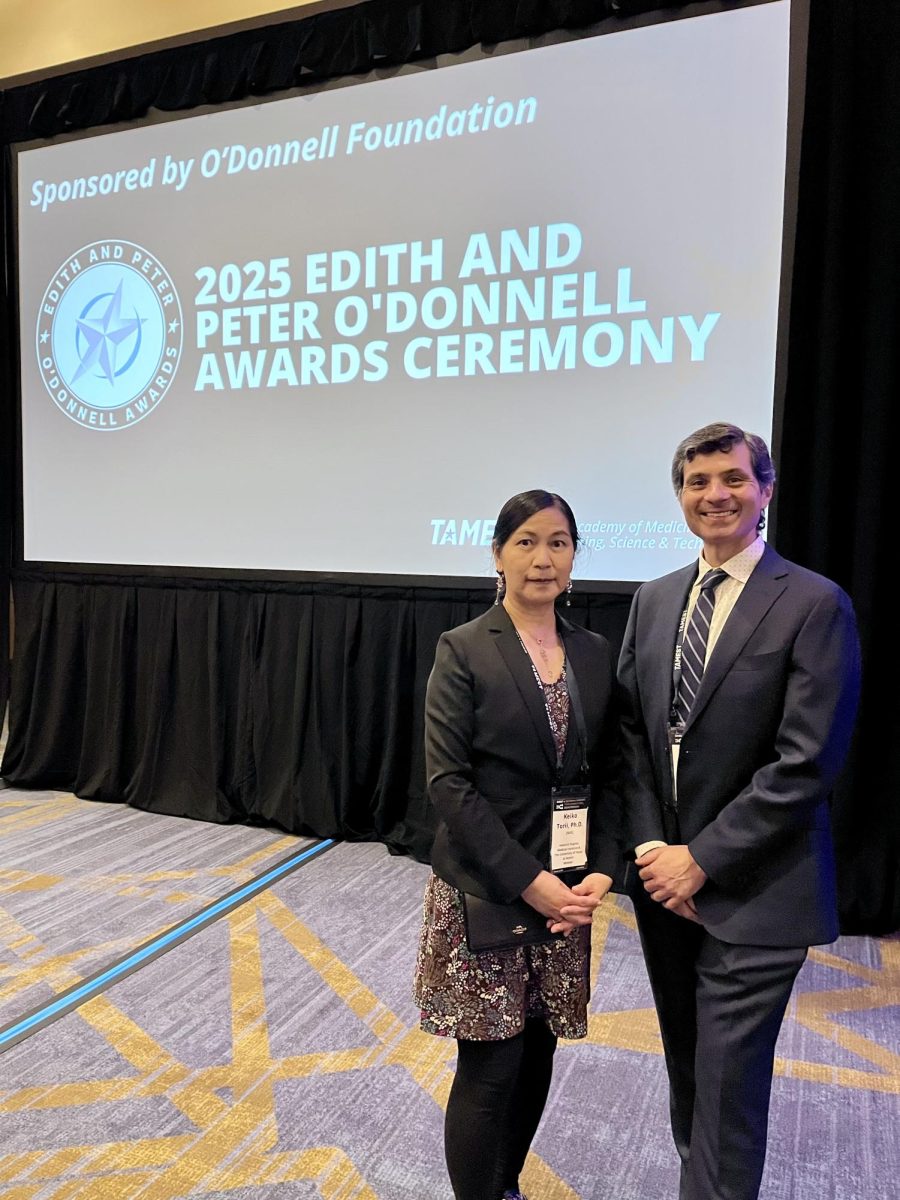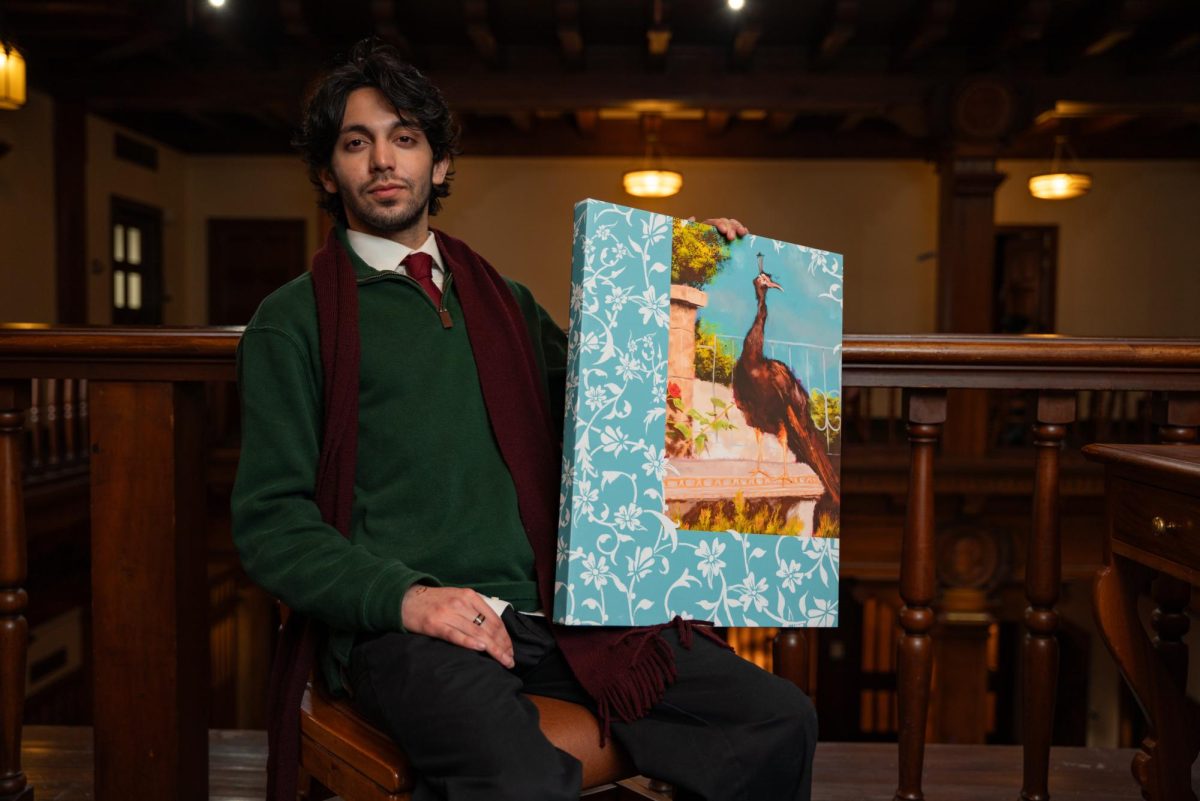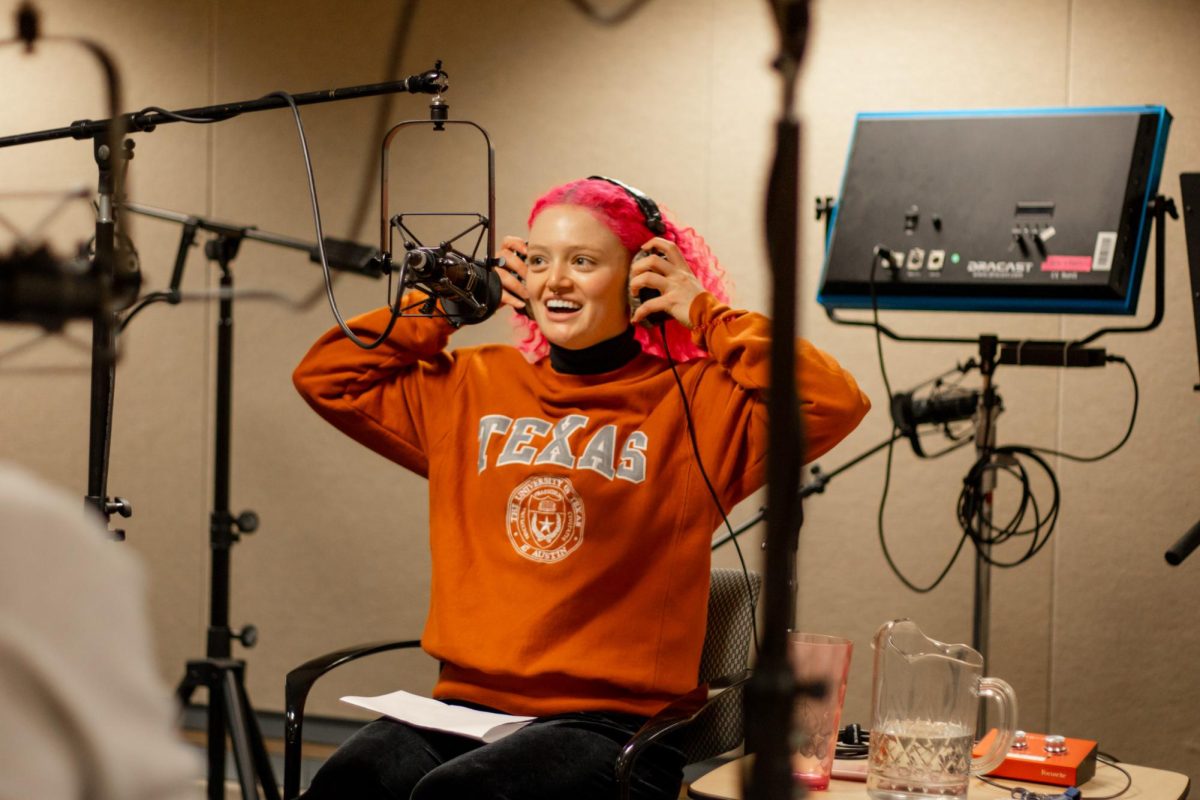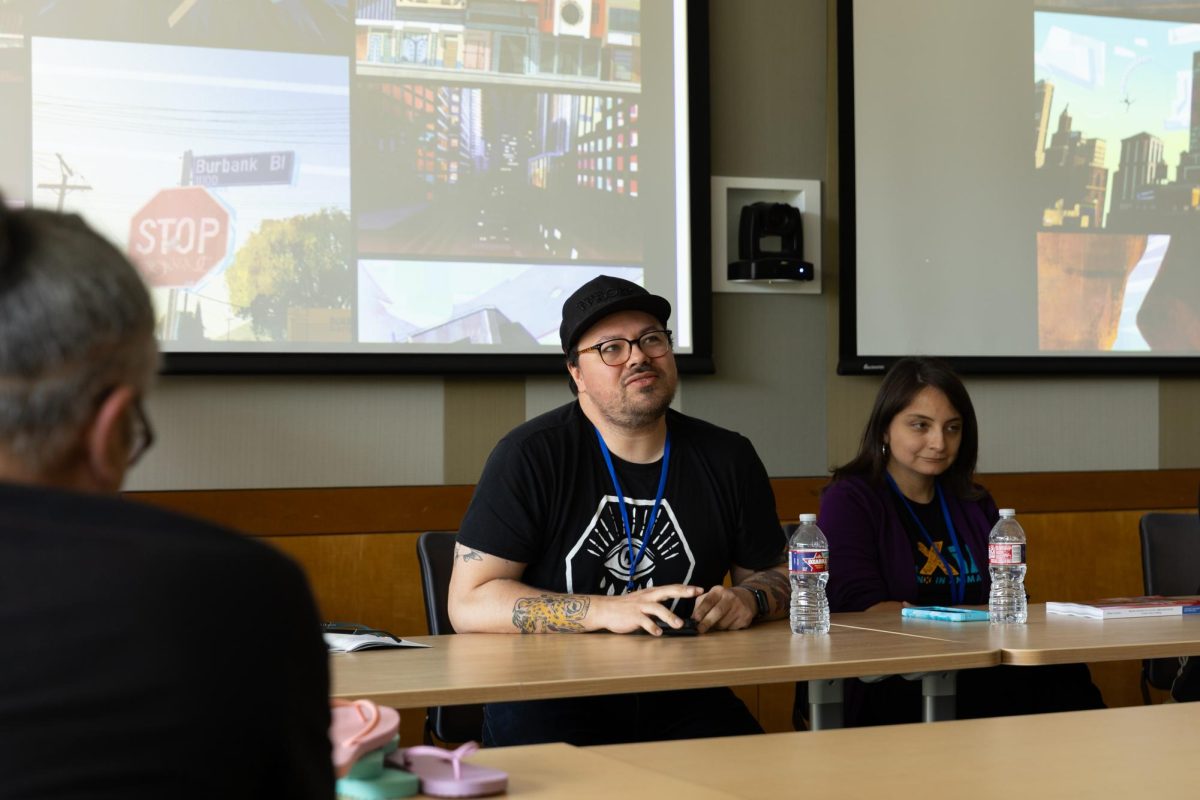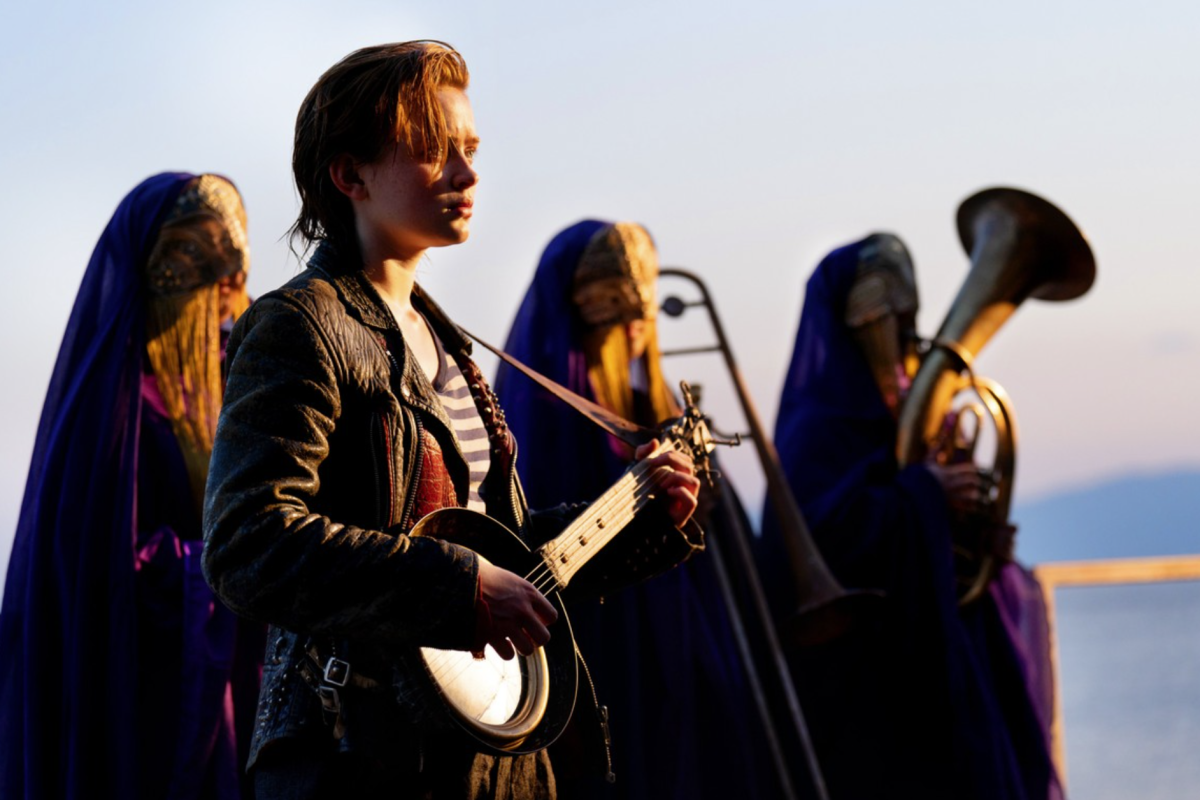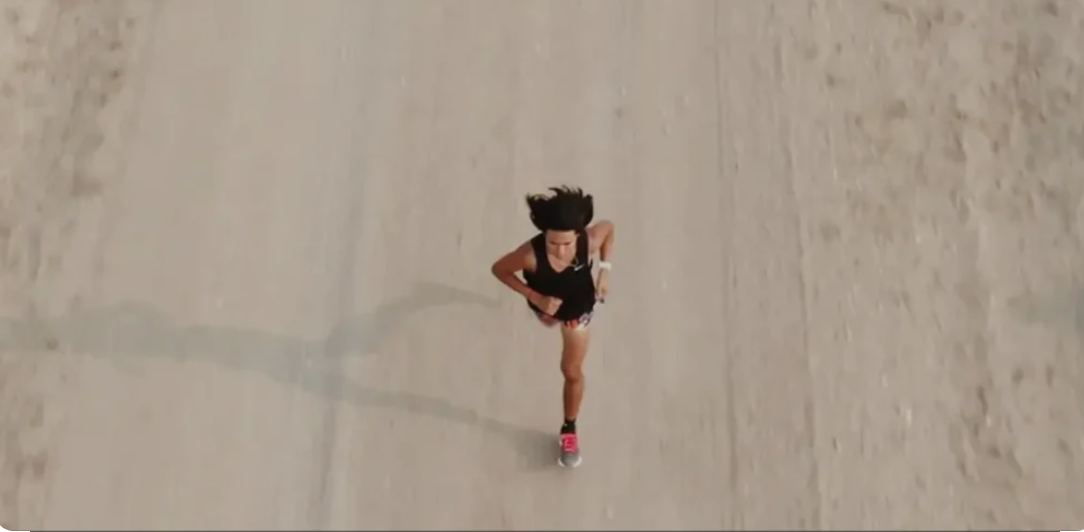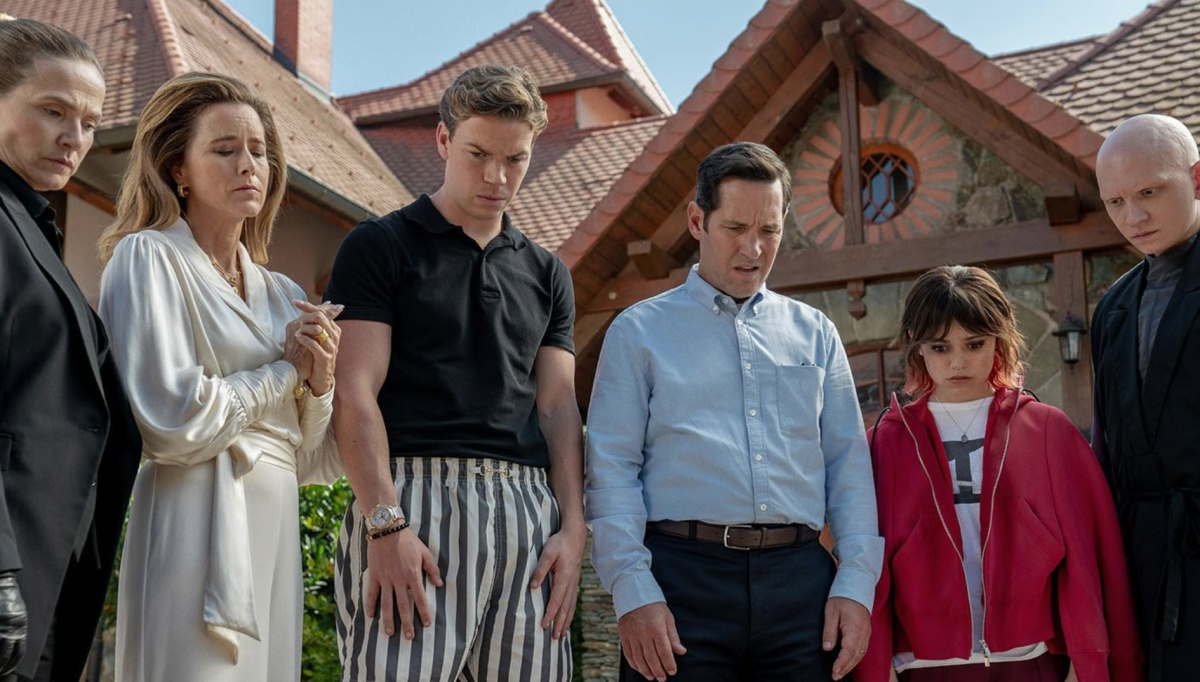Accomplished independent photojournalist and former UT Professor Eli Reed gave a lecture at the Moody College of Communication on Tuesday before exhibiting decades of his photographs. The exhibit, “Memories Abound,” presents a small selection of Reed’s lifetime of powerful work. Reed spoke with The Daily Texan at Kerbey Lane — one of his favorite spots from his time as a professor — about his inspirations and what his visit to the University felt like.
The Daily Texan: Through your independent documenting, who and what consistently inspires you?
Eli Reed: There’s a lot of people who need help and don’t get it. There’s a lot of people whose stories are out there that say something people should be listening to. … I graduated (art school), and I knew I wanted to do something that would help the world at large. If you believe in things, you don’t have to own a building, or a factory or something like that. Wherever you’re at, you do something in little pieces, and little pieces add up to hopefully big pieces that matter.
DT: What’s the biggest lesson you’ve learned from behind the camera?
ER: Every day is a lesson, it’s not just behind the camera. … It’s constantly looking at stuff. If I was here by myself, I’d probably be photographing trying to see what happens with the red lights reflecting and the sky here and see if I could come up with anything.
DT: How were the photos from your catalog chosen for the “Memories Abound” exhibit?
ER: The title says it all. … When you do an exhibition, you have particular choices, and to me, they were sort of a gut reaction of what I was doing. It’s not some wild, ‘Oh, throw this up against the wall and see if it sticks.’ It’s nothing like that. It’s just your gut instincts on what you’ve been doing and what you want to say. There’s so many different things to put in there, but this one set (of photographs) worked with me and connected (to me).
DT: How did your time at UT inspire you or teach you anything that you’ve taken into your photography?
ER: Teaching at UT was a good experience in a number of ways because I needed more time to be able to figure out things about myself, what I wanted to do, and what it meant to me and time to think about ways of doing stuff like my book. ‘A Long Walk Home’ came together because of the experience of being able to think without running every which way and also because the curator for the (Harry) Ransom Center was there, and he’s the one who recommended I meet the director of UT’s publishing.
DT: How was it to be back at the University this past week?
ER: It was really interesting because while teaching there, I spent a lot of time in my office or going to Kerbey Lane meeting with students at breakfast time or lunch because it’s the kind of place where you can share stuff. … This wasn’t just public speaking, it was like coming home in a way.

